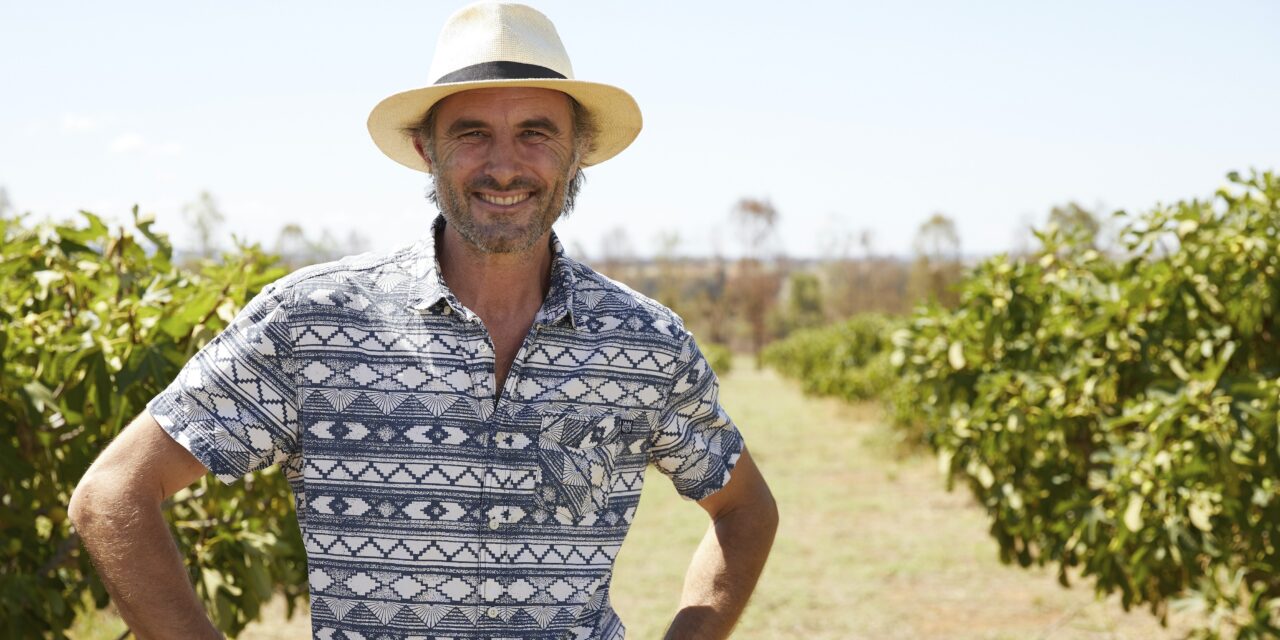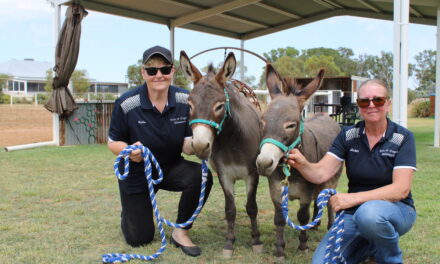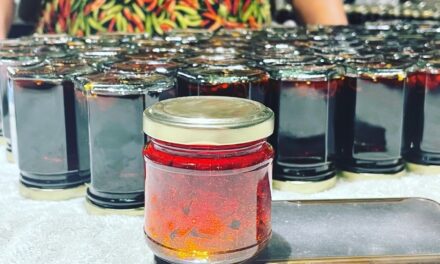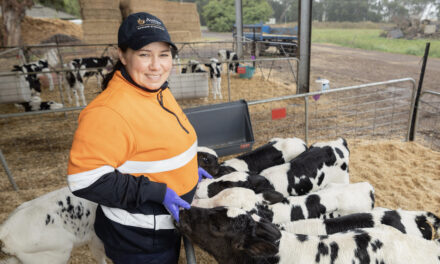Winemaker Sam Statham first ventured into solar power 25 years ago, but the prohibitive cost of batteries meant the venture was short lived.
A quarter of a century on, the general manager of Rosnay Organic Wines — in the central west of NSW — has converted the winery and farm buildings he manages into a micro-grid.
“Using the micro-grid we’re able to run pretty much everything on the solar with the battery,” Sam said.
“Generally speaking, the battery at the moment is running right through to the following day.“
The solar grid was partly funded by the NSW Department of Primary Industries, and included trialling a virtual power plant and new batteries.
The initial set-up cost was significant at around $180,000 and included a transformer upgrade.
“It’s a big cost … it’s worth it for the long term,” Sam said.
A year on, the winery is now making more power than it needs with considerable savings.
Now a do-it-yourself guide to renewable energy for farmers is aimed at bolstering uptake by producers like Rosnay.
The eight-part alternative energy series is designed to encourage Australian rural industries to switch to renewables.
Agrifutures’ step-by-step guide on how to begin integration with on-farm practices is the first of its kind in Australia.
It focuses on solar, wind and hydro power, as well as biofuels, battery storage and biogas hydrogen.
Jane Knight from Agrifutures said the guide was already hitting its mark, with 800 visits to the website.
Solar and bioenergy have been the most visited sites.
“They will not only have an impact on individual farmers profitability, but they will have a really instrumental impact on Australian agriculture more broadly,” Jane said.
“It will allow us to be able to maintain competitiveness on a global scale.”
Federal Agriculture Minister Murray Watt said Australia’s $72 billion agricultural export market relied on producers proving their environmental credentials.
Senator Watt, who has been in Europe talking up those credentials, said agriculture would play a key role in Australia’s commitment to reducing emissions by 43 per cent by 2030.
“Increasingly our exports are dependent on demonstrating we are sustainable producers of produce,” he said.
Recent industry analysis found the Australian agricultural sector spends almost $6 billion on energy, amid predictions that will soar with electricity prices.
While the Agrifutures report acknowledged that set-up costs could be a constraining factor for farmers, it found the potential benefits were a strong motivator.
Sam said his power source had been more reliable than when he was relying on the grid.
He’s now hoping it will enable expansion on the farm, which processes around 40 tonnes of grapes annually.
The winemaker said the guide would help other farmers to determine whether renewables were right for them.
“I think it (the guide) helps you answer a lot of questions,” Sam said.
“One of the first thing you need to do is actually just understand your consumption better … before you even start purchasing new technology.”








